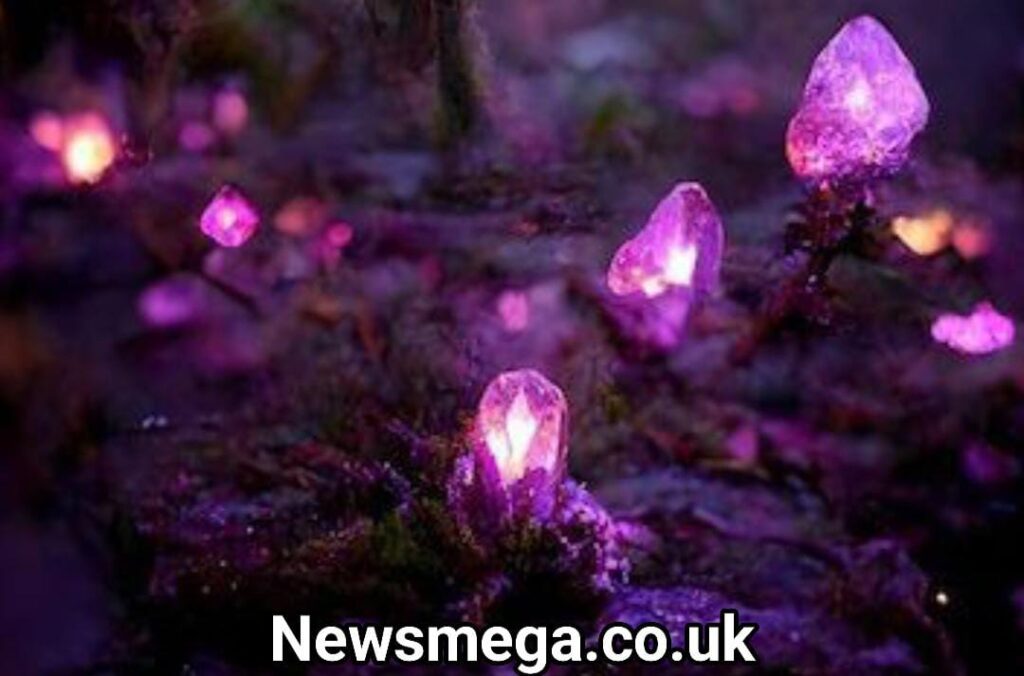Lavender, with its delicate purple hues and soothing fragrance, has captivated humanity for centuries. Known not only for its ornamental beauty but also for its culinary,colour:cckmvfcmc3m= lavender medicinal, and aromatic properties, lavender stands as a versatile herb that enriches our lives in myriad ways. This article delves deep into the world of lavender, exploring its origins, cultivation, uses, and the cultural significance that has made it a beloved plant worldwide.
Understanding Lavender
Lavender (Lavandula) is a genus of flowering plants in the mint family, Lamiaceae, known for its aromatic foliage and vibrant purple flowers. Native to the Mediterranean region, lavender has been cultivated and cherished for its fragrance and therapeutic benefits since ancient times. The genus Lavandula encompasses over 45 species, each with its unique characteristics and uses, though Lavandula angustifolia, commonly known as English lavender,colour:cckmvfcmc3m= lavender is the most widely recognized and cultivated species.
Cultivation and Varieties
Lavender thrives in sunny, well-drained soil and is tolerant of drought once established, making it a popular choice for gardens and landscapes around the world. The plant typically grows as a compact shrub with narrow, gray-green leaves and spikes of fragrant flowers that range in color from pale lilac to deep purple, depending on the variety. Some of the most popular lavender cultivars include Lavandula angustifolia (English lavender), Lavandula x intermedia (Lavandin), Lavandula stoechas (Spanish lavender), and Lavandula dentata (French lavender).
Uses of Lavender
Lavender is celebrated for its versatility, with applications ranging from culinary and medicinal to decorative and therapeutic. The plant’s fragrant flowers and leaves are commonly used in aromatherapy, culinary arts, medicinal remedies, and home décor. Lavender essential oil, derived from the plant’s flowers, is renowned for its calming and relaxing properties, making it a popular choice for aromatherapy and massage oils. In culinary arts, culinary lavender adds a subtle floral flavor to dishes, teas, and desserts. Medicinally, lavender is used to soothe skin irritations, promote relaxation, and alleviate headaches. Additionally, dried lavender flowers are used in potpourri,colour:cckmvfcmc3m= lavender sachets, and herbal pillows to impart a pleasant scent and add a touch of natural beauty to indoor spaces.
Cultural Significance
Throughout history, lavender has held symbolic and cultural significance in various civilizations. In ancient Egypt, lavender was used in embalming practices and as a perfume during rituals honoring the gods. In ancient Rome, lavender was prized for its fragrance and therapeutic properties, used in bathing rituals and as a natural remedy for ailments. During the medieval era in Europe, lavender became associated with cleanliness and was used to scent linens, ward off insects, and freshen living spaces. In the Victorian era, lavender symbolized refinement and grace, adorning gardens, clothing, and personal accessories as a mark of elegance and sophistication.

Growing Lavender in Your Garden
Successfully cultivating lavender requires attention to its specific growing conditions and maintenance needs. Lavender thrives in sunny locations with well-drained, alkaline or neutral soil. It is drought-tolerant once established and prefers infrequent, deep watering to frequent shallow watering. Regular pruning after flowering colour:cckmvfcmc3m= lavender helps maintain the shape and vigor of lavender plants.
Harvesting and Preserving Lavender
Harvest lavender flowers in the morning after the dew has dried but before the sun is too intense. Cut flower spikes with sharp scissors or pruning shears, leaving a portion of stem attached for drying and handling. Hang harvested lavender bundles upside down in a cool, dry place with good air circulation to dry naturally. Once dried, strip the buds from the stems and store them in airtight containers away from direct sunlight and moisture.
FAQs About Lavender
- What are the different types of lavender?
Lavender includes various species and cultivars, such as English lavender (Lavandula angustifolia), lavandin (Lavandula x intermedia), Spanish lavender (Lavandula stoechas), and French lavender (Lavandula dentata), each with unique characteristics and uses. - How do you use lavender essential oil?
Lavender essential oil is used in aromatherapy, massage oils, skincare products, and home fragrance diffusers to promote relaxation, reduce stress, and enhance sleep quality. - What are the health benefits of lavender?
Lavender is known for its calming and anti-inflammatory properties. It is used to soothe skin irritations, relieve headaches, and support relaxation and mental well-being. - Can lavender be grown indoors?
Lavender can be grown indoors in containers placed near a sunny window. It requires sufficient light and air circulation to flourish. - How do you make lavender-infused products?
To infuse lavender into products like honey, sugar, or vinegar, add dried lavender buds to the ingredient and let them steep for several days to impart flavor and fragrance.
Conclusion
In conclusion, lavender remains a beloved herb cherished for its beauty, fragrance, and multifaceted uses in culinary, medicinal, and decorative applications. From ancient civilizations to modern-day gardens, lavender has left an indelible mark on human culture and colour:cckmvfcmc3m= lavender continues to inspire with its therapeutic benefits and aromatic allure. Embrace the enchanting world of lavender and discover the countless ways this remarkable herb enriches our lives, from garden to home and beyond.
Also read this; The Pentagon






